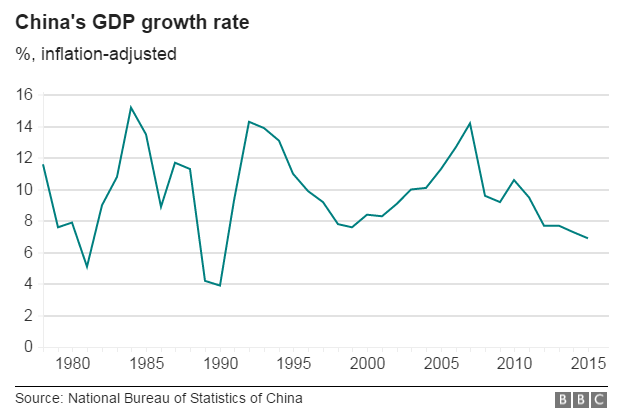October 7, 2016 (Jobs Byte)
By Dean Baker
Average weekly earnings for production workers are up just 2.0 percent over the last year.
The Labor Department reported that the economy added 156,000 jobs in September, somewhat less than most economists had projected. The job growth figures were also on net revised down slightly for the prior two months, so that the average for the last three months stands at 192,000. The unemployment rate edged up to 5.0 percent, but this was due to a large number of people entering the workforce, as the employment-to-population ratio (EPOP) also rose by 0.1 percentage point to 59.8 percent, just below the 59.9 percent peak the recovery hit in March. The EPOP for prime age workers reversed its decline last month and stood at 78.0 percent. However this is still more than two full percentage points below its pre-recession peak.
Other news in the household survey was mostly positive. The number of people involuntarily working part-time hit a new low for the recovery. It is now down by more than 3.3 million from the recession peak, although it is still more than 40 percent higher than pre-recession levels. The duration measures of unemployment all fell, with the share of long-term unemployed dropping by 1.2 percentage points, a new low for the recovery.
One negative in the household survey was a modest decline in the share of unemployment due to voluntary job leavers, which remains more than a full percentage point below its pre-recession peak and is four percentage points below the peak hit in 2000.
Most demographic groups saw little change in their unemployment rates, with the major exception of Hispanics. The unemployment rate for Hispanics rose by 0.8 percentage points to 6.4 percent. This was due to a rise of 0.6 percentage points for both adult men and adult women (age 20 and older) and an increase of 3.5 percentage points for teens. These numbers are erratic, so this could just be a statistical fluke, but this sort of single month increase in an otherwise healthy labor market is cause for concern.
On the establishment side, the big job gainers were health care, with 32,700 new jobs; professional technical services, which added 29,900; restaurants with 29,700; construction with 23,000 jobs; temporary help with 23,200; and retail, which added 22,000. Manufacturing lost 13,000 jobs, and government lost 11,000.
The growth in health care jobs is the second consecutive month of relatively slow growth. The sector added 22,300 jobs in August after adding an average of almost 38,000 over the prior 12 months (August to August). There has been little trend in temporary employment, with total growth of just 54,400 over the last year.
The manufacturing sector has been shedding jobs for most of the year and is now down 76,000 jobs since January. The loss of government jobs was almost all due to local education. This reversed gains reported the prior two months that largely reflected earlier starts to the school year.
Employment in the mining sector finally stabilized in September. This sector has lost 220,000 jobs since its peak in September of 2014, or 25.8 percent of total employment. This is the result of massive over supply, which has led to a crash in the world price of oil and other sources of energy.
There was a modest increase in average weekly hours, reversing the decline reported for August. The average hourly wage grew at a 2.6 percent annual rate over the last three months, compared with the average for the prior three months, the same as the pace in August. Because there has been a modest decline in average hours, the average weekly wage has risen by just 2.3 percent over the last year. For production workers, who have seen a larger drop in hours, the average weekly wage has risen by just 2.0 percent.
On the whole this is a moderately positive report. The labor market is continuing to tighten, but at a relatively slow pace. The modest wage growth and the relatively short average workweek suggest that employers are still not facing serious difficulties in finding workers. In addition, the low percentage of unemployment due to voluntary job leavers indicates workers are still not very confident about their labor market prospects.
Harpers Ferry, WV

